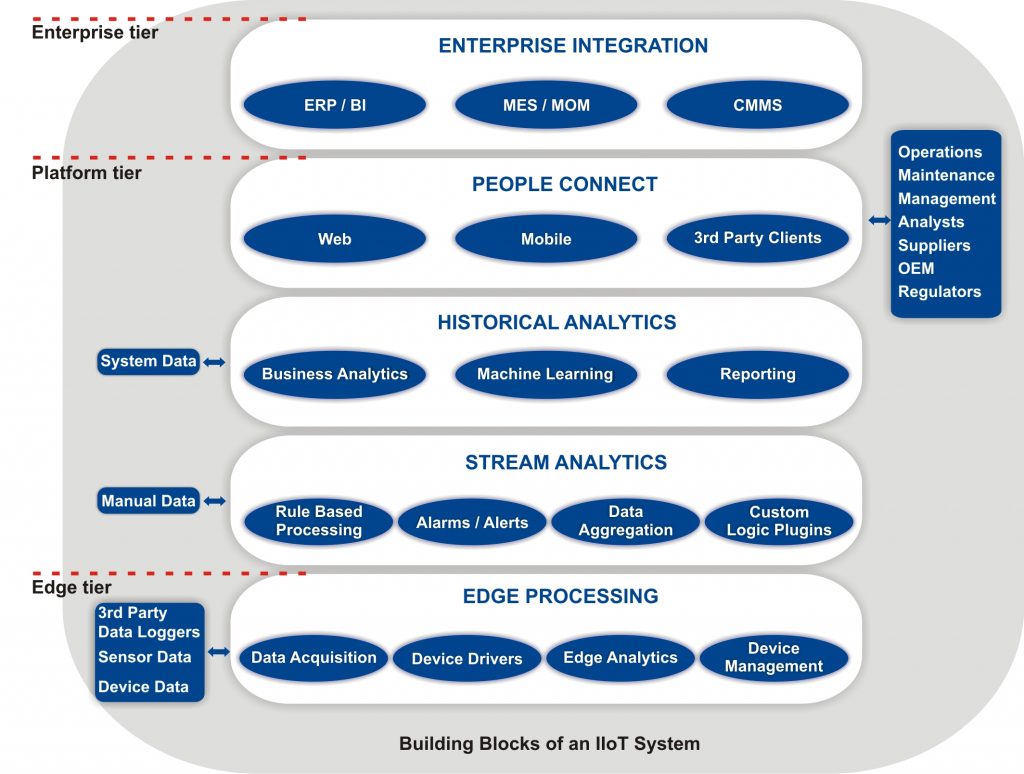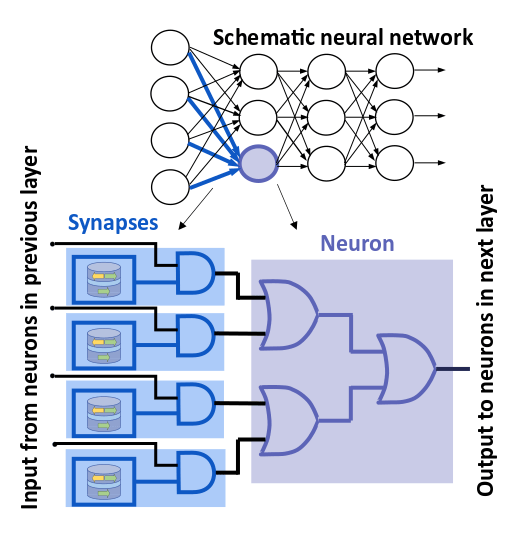Many of you have heard how Artificial Intelligence is going to change our lives. If you wonder what to think about this; expect this to be an understatement. Artificial Intelligence (AI) will touch every part of our lives. Internet of Things (IoT) and the Industrial Internet of Things (IIoT), are connecting devices across our vehicles, throughout our homes, in every facet of business, and are changing the factory floor, says Joseph Zulick, manager at MRO Electric and Supply.
Sensors and smart devices are gathering data in copious amounts. The data is building our profiles through voice-operated devices in our homes and on our phones. Every piece of data that is gathered expands your profile outline. If you and I both log into amazon, our pages will most likely look very different. My interests and data build my profile and your info builds yours. This allows for customised experiences. I want to emphasize the word “custom”.
It is this personalised and custom experience that makes us use these tools to purchase since it allows for quickly retrieving our past viewed items but also to view similar items. This is further experience through renewable items that are on subscription. Like reminders from our dentist to replace our toothbrush, you will receive reminders when your past purchases are set for renewal or you can further establish the time saving using subscriptions.
This same experience is being copied and mimicked throughout our lives on Facebook, Google, and many other data-gathering platforms. Data is the new currency. Amazon doesn’t manufacture products but fills your needs by providing solutions.
Whether you gather this data through hardwired switches or through sensors in our vehicles or temperatures in our homes. All of these help us find solutions. The gathering of the data can be done in numerous ways but the gathering and moving to the cloud is only the first piece of the puzzle
The next piece is processing your data. The process of data gathering has become much easier through the internet of things. Information is relayed nearly instantaneously from the source to the internet and quickly processed and compared, then transmitted into the proper format to your tablet, phone, or computer. If you live in a world where hierarchy and immediacy are important edge computing can add value.
If you look at many of the machine controls, they have this strategy typically implemented where they can process safety and important data locally and pace the non-important information at times when the communication system is off-peak. This is often referred to as the Edge tier. Many systems gather through discrete sensors and switches and process through compatible SQL server systems and these can come in many forms including machine controls.
The way we actually gather the information has become simpler with integrated sensors and measuring devices. These connected or smart devices are all connected in a way that makes this information accessible from your location, as remote as it may be from the actual source.

Processing is where we actually do something with the data, even if that something is nothing more than moving it from one pile to another. We put the data into registers and compile the information. It may need to be added to the previous data or moved onto other systems. These memory registers typically hold the data for a short period as it moves it along to the next location.
Data comes into processing in many ways, it can be manually entered, it can come in from system processes or even be data brought in from outside. Think about in your home, your smart thermostat is constantly and directly monitoring data, you may have a camera which only gathers data when the sensor actuates from motion so it is remotely triggered and then we have things like your phone or other voice actuated device that requires you to actuate it in order for it to start acquiring data. All of this data is then processed through a modem and up to the cloud.
This acquisition phase may have some processing capability. In a factory, many sensors are tied into a system that compares the data at the machine level to determine if its good or bad part. In your home the voice actuated devices start to compile and determine if the command requires addition to files like adding to your shopping list or if it needs to go and retrieve data. These can act as bi-directional systems. Very handy when you want to look at a part print on an operator interface.
Other systems, such as the enterprise tier that may already exist, implement, and manage your business. These are shown above as Enterprise Integration. These systems run most of your existing back office and warehouse supply chain. In many cases, these systems are doing other purposes like inventory management, preventive maintenance, production scheduling, and quality tracking.
Integration is part of the next phase, this is where you are comparing against parameters from existing data or external systems. This is the first stage of the AI process of comparing the actual results benchmarked against historical results and anticipated outcomes. These neural networks developed automatically help us to have smarter and more intelligent expected outcomes. These lead to higher expectations and also give us more value from our data.
Adjustments based on current and past actual results mapped to the occurrence history. When we build up our information we increase our knowledge. We now need to convert information to knowledge to enlightenment. The information must produce improvement and a level of enlightenment which creates a new path of impactful details.

The above picture from NIST represents a hardwired version of analysis, however in true artificial intelligence, the systems must be able to learn and develop its own networks that are responsive to what is learned based on what is important but also what level of impact that information has in the formula. Therefore the gates must be able to be turned on or off as to whether they are part of the formula and have an impact. You also need a way to vary the impact in that formula.
Think about a formula, a+b / (5*c)= result. We may determine that changes are occurring and require us to adjust the formula. Perhaps “b” doesn’t have an impact at all, or maybe b has twice the impact. Artificial intelligence must be able to expand and not have only hard-wired decisions where it would require a person to go in and reprogram these alterations.
Increase intelligence without human intervention, this is our dream scenario. Our long term desire is that the system will learn on its own and not require any influence. A baby learns items are different. A bottle is different than a cork. It’s different in size, in weight, in required strength to lift each item, how tight you have to grip, range of motion to carry it without running into things, inertia, etc. Even though the child doesn’t know why it’s adjusting to these differences, they will adjust to compensate for the difference. This is our desire for machinery to learn in this way.
Language in the way we communicate we must have a common understanding. This could be a language or mapping issue. I don’t always need to understand a language if I know casa means house or home. I can map a table so when the word casa is uttered I can refer to the table which tells me house.
Improving our lives. The results of our improved teaching would minimise our required input. Let’s say a thermostat could understand our comfort level. If I am sweating it’s too hot, if I shiver, it’s too cold. Adjust by how much? What if there are 5 people? Not everyone’s comfort is the same. Maybe they are sweating but they are wearing a sweater.
The author is Joseph Zulick is a manager at MRO Electric and Supply.
Comment on this article below or via Twitter: @IoTNow_OR @jcIoTnow










